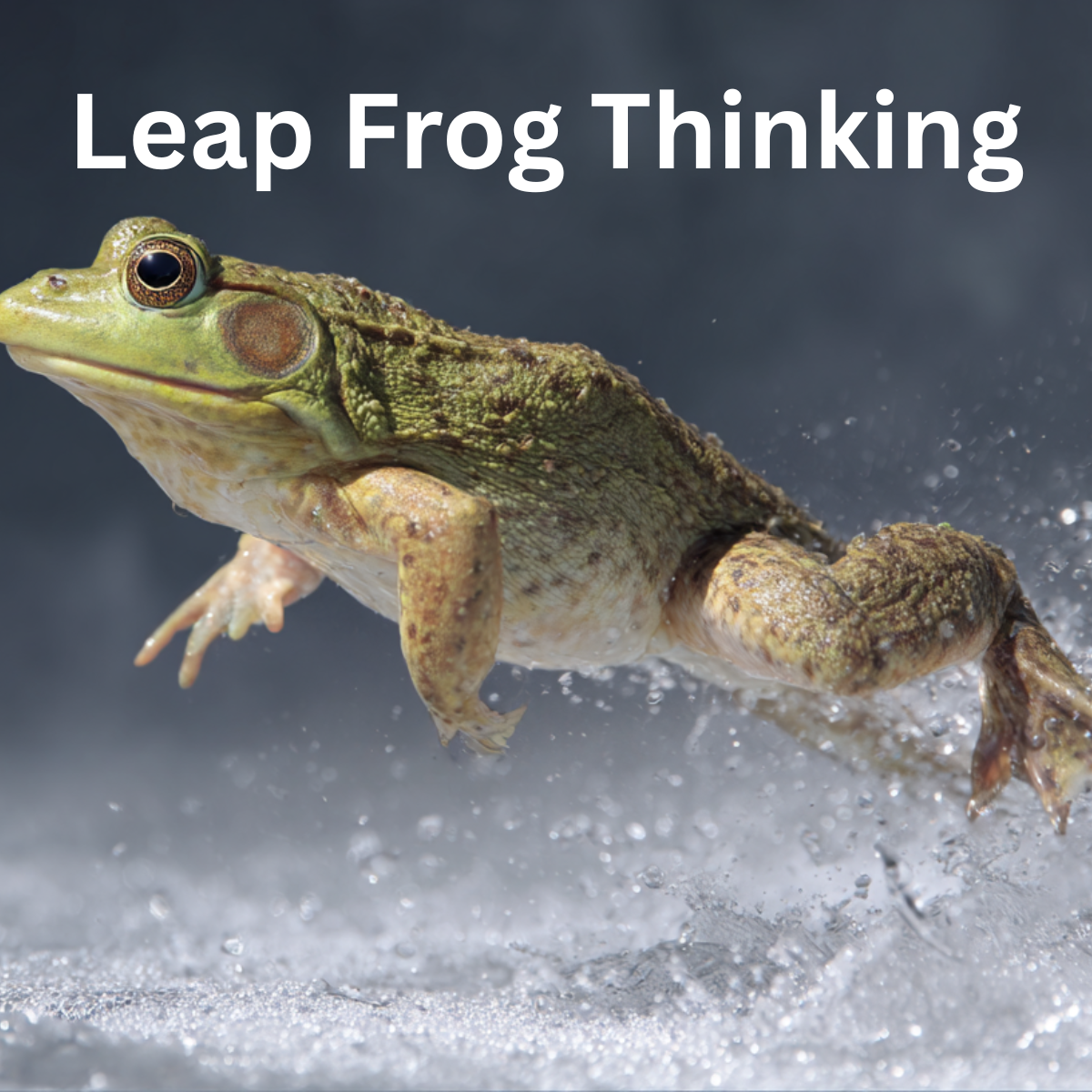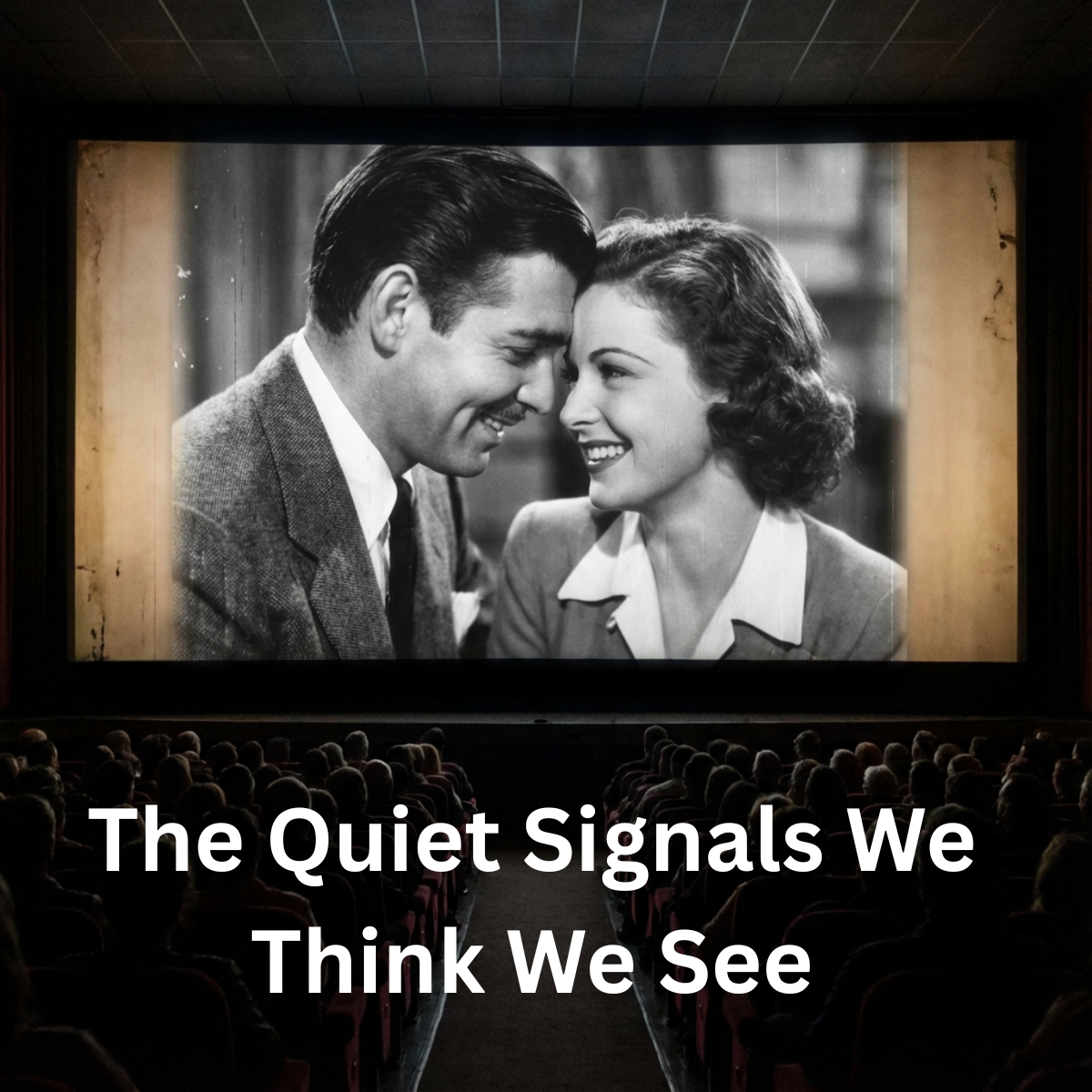It occurred to me today, while I was in a meeting, that some people tend to take whatever is at the top of their mind and apply it to every situation they encounter. A problem surfaces in the morning, and as unrelated things happen during the day, they filter everything through that single issue. This is a serial way of approaching things. It is not necessarily negative. Often this kind of thinking keeps people sharply focused on problems, and they find solutions faster, because they are concentrating on one thing until it is resolved. Serial mindset. However, they do have a tendency to miss or misunderstand other things, because they cannot stop redirecting every conversation toward the one problem that sits at the top of their mind.
I was contemplating this today, because I realized that this happens to me at times. I am troubled or worried about something, and every conversation or interaction becomes dominated by that one thought. It shows up in my words, my attitude, and my general thought process. I test everything against that single idea, until I find something else to ponder or worry about. When I am not distracted by one pervasive thought, my mind is more open and less prone to this serial mindset, and I am capable of what I call Leapfrog Thinking.
Leapfrog Thinking is a mindset that lets you jump to the logical conclusion. You can envision a few steps ahead, and you can guide conversation beyond nuance toward a higher order ideal that inspires people. I do not always get there. When I do, I can tell it is a better way to work with and motivate others. People do not want to hear about your problems; they want to hear what they can achieve and get excited about the possibilities. When I am in serial myopic mode, I tend to lose people. When I am in Leapfrog mode, people want to jump too. They do not want to miss out.
So how do you get into this Leapfrog Thinking mindset? I am not entirely sure. I can tell you when it most often happens for me. When I take care of problems quickly and remove them, my mind is free and more likely to enter that mode. If you make a mistake, own it quickly, apologize and move on. Then you are not dwelling on something when you step into the next unrelated conversation. Allow yourself moments to breathe deeply, relax, and be mindful. Allow yourself to sit and think clearly without disruption. Keep your schedule with some open time, and do not allow yourself to be dragged all over the place in a frenzy. Start the morning well. When I do, I tend to have more Leapfrog moments throughout the day.
In the end, the difference is attention. I can let one worry run the meeting in my head, or I can clear the room and invite better ideas to speak. Leapfrog Thinking does not arrive by accident. It shows up when I take ownership, clear small issues quickly, and create enough quiet in my day to think without agitation. When I do that, I stop dragging yesterday’s problem into today’s conversation, and I start seeing what is possible instead of what is wrong.
This is a choice I make many times a day. Resolve what I can, breathe, leave a little space in the schedule, and look for the next step that lifts the whole group. People respond to that kind of presence. They feel it. If I can stay there, even for a few moments at a time, momentum builds. The work becomes lighter, the goals become clearer, and others begin to leap with me. That is the mindset I want to carry forward.




